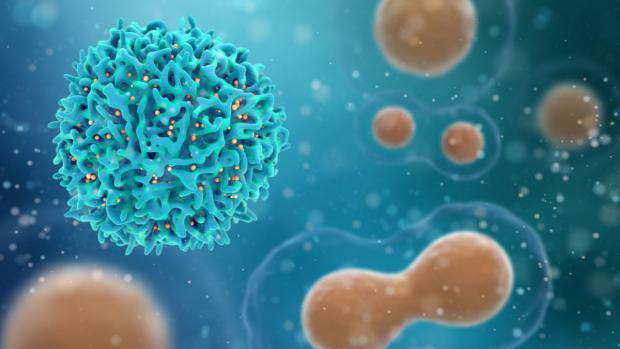
Breaking News
 Iran Regime Kills Protesters as Unrest and Calls for Regime Change Spread Nationwide
Iran Regime Kills Protesters as Unrest and Calls for Regime Change Spread Nationwide
 Trump, Treason, and the New York Times
Trump, Treason, and the New York Times
 Democrat idiocy at work in San Francisco
Democrat idiocy at work in San Francisco
 BREAKING THROUGH Tesla AI in 2026
BREAKING THROUGH Tesla AI in 2026
Top Tech News
 Laser weapons go mobile on US Army small vehicles
Laser weapons go mobile on US Army small vehicles
 EngineAI T800: Born to Disrupt! #EngineAI #robotics #newtechnology #newproduct
EngineAI T800: Born to Disrupt! #EngineAI #robotics #newtechnology #newproduct
 This Silicon Anode Breakthrough Could Mark A Turning Point For EV Batteries [Update]
This Silicon Anode Breakthrough Could Mark A Turning Point For EV Batteries [Update]
 Travel gadget promises to dry and iron your clothes – totally hands-free
Travel gadget promises to dry and iron your clothes – totally hands-free
 Perfect Aircrete, Kitchen Ingredients.
Perfect Aircrete, Kitchen Ingredients.
 Futuristic pixel-raising display lets you feel what's onscreen
Futuristic pixel-raising display lets you feel what's onscreen
 Cutting-Edge Facility Generates Pure Water and Hydrogen Fuel from Seawater for Mere Pennies
Cutting-Edge Facility Generates Pure Water and Hydrogen Fuel from Seawater for Mere Pennies
 This tiny dev board is packed with features for ambitious makers
This tiny dev board is packed with features for ambitious makers
 Scientists Discover Gel to Regrow Tooth Enamel
Scientists Discover Gel to Regrow Tooth Enamel
 Vitamin C and Dandelion Root Killing Cancer Cells -- as Former CDC Director Calls for COVID-19...
Vitamin C and Dandelion Root Killing Cancer Cells -- as Former CDC Director Calls for COVID-19...
Charged particles kill cancer by clogging up its waste disposal unit

One such avenue centers on cellular garbage disposal units known as lysosomes, which are particularly vulnerable in cancer cells as opposed to healthy ones. And perhaps even more so now, with scientists in South Korea finding they can deliver a fatal blow to cancer cells through a careful mix of charged nanoparticles.
Lysosomes are tiny sacs packed with enzymes and acids that degrade unwanted parts of the cell, before either recycling them or dumping them outside the cell walls, much like you'd take your trash out to the curb. Recent research has suggested lysosomes could play a role in Alzheimer's, where a dysfunctional disposal system can enable the buildup of toxic proteins in the brain.
Scientists at South Korea's Institute of Basic Science are working to instigate their own type of dysfunctional lysosomes, the reason being that a compromised lysosome that releases its trash inside the cell can cause that cell to die, which is obviously a good thing when we're talking about cancer cells.



